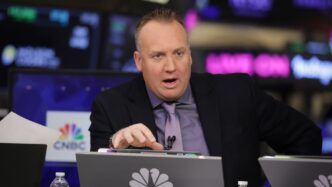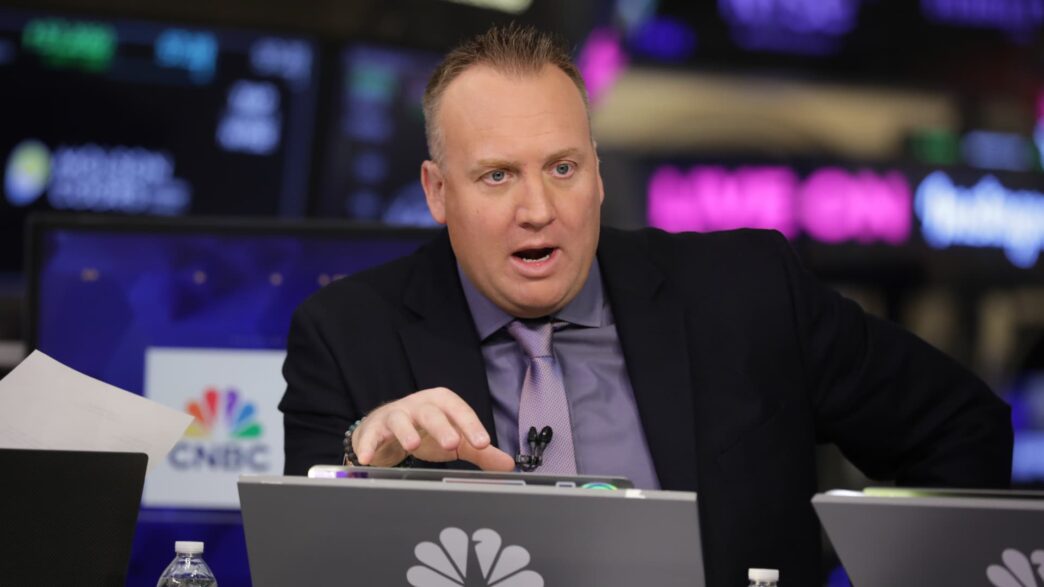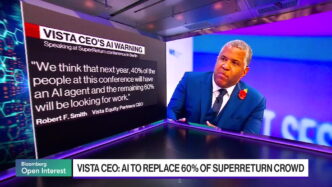John Deere is aiming to convert 10% of its revenue to subscription-style recurring revenue by 2030. The ag and construction equipment giant posted $51.7 billion in sales for 2024. Hitting that target means about $5 billion in stable, predictable revenue that Wall Street will favor.
The company has heavily invested in tech. Its green and yellow machines now connect to the John Deere Operations Center, a cloud platform that uses IoT and real-time data to optimize farming. This is Deere’s “AI of agriculture” push, turning farming into a data-driven, efficient process.
Tariffs could hit Deere’s margins, with a $500 million pretax impact expected in fiscal 2025. The U.S. supplies 79% of its complete goods and 76% of components. Deere is adjusting supply chains and pricing to offset these costs and expects no major harm.
John Deere’s Production and Precision Agriculture segment accounts for 50% of operating earnings. It forecasts 15.5%-17% operating margins for 2025 and 18% EPS growth next year. The stock trades at a trailing PE of 25x and forward PE of 23x.
The company’s stock is technically strong, holding its 200-day moving average despite tariff worries. Market pros see Deere as a legacy industrial brand evolving into a tech-focused, AI-powered player — an “AI wolf in sheep’s clothing.”
Josh Brown from Ritholtz Wealth Management notes the setup looks solid:
"DE buyers have respected the 200-day moving average since November. There was a false breakdown below it this April during the tariff announcement that was cleaned up relatively quickly. I would trail a position here with a rolling stop just below the 200-day. The stock has cooled off from its high in early May but the uptrend is intact and an RSI reading in the 50s is a better entry point than when the stock was making fresh highs and RSI was pushing 75. This is my kind of set-up."
John Deere’s mix of legacy strength and tech-driven transformation makes it a standout in the industrial sector. The shift to recurring revenue could re-rate the stock and help it weather economic cycles better than before.














